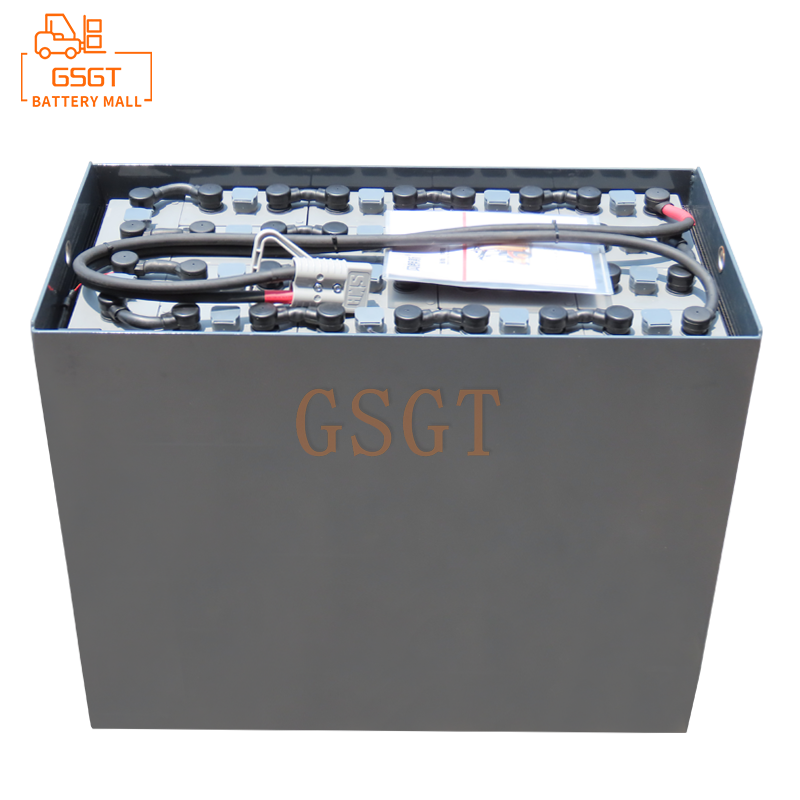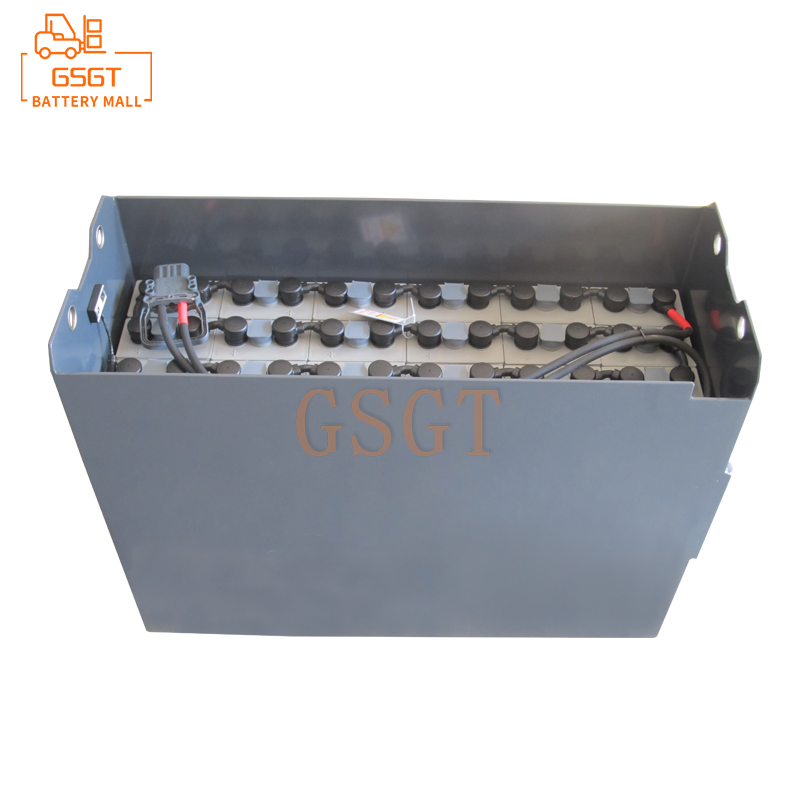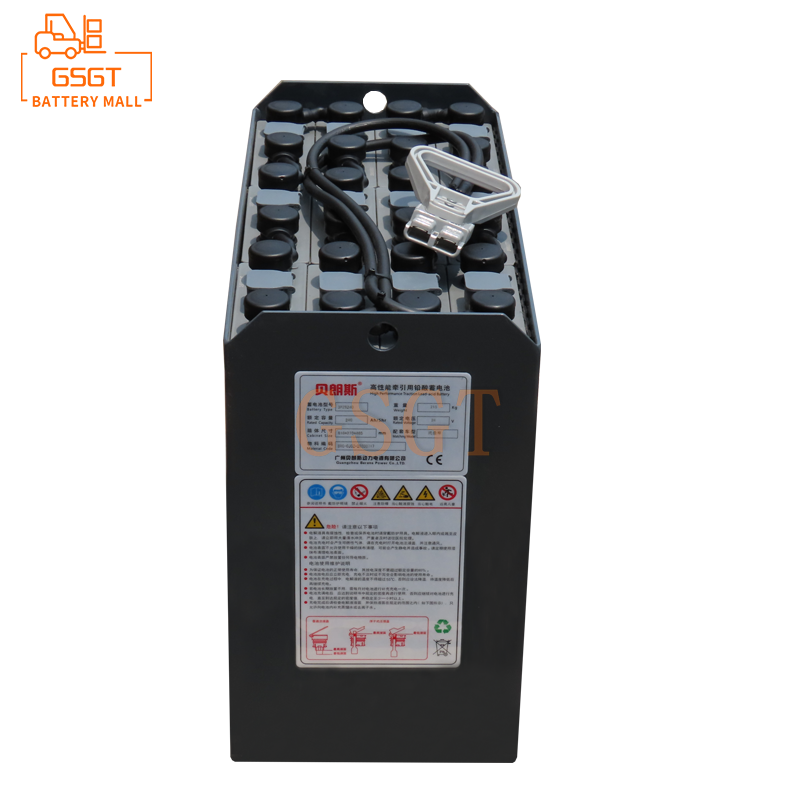Time:2025-03-21 09:51:19
Browse:599
In the field of energy storage, lead-acid batteries, with their cost advantages and mature technology, are widely used in communication base stations, data centers, power storage and all kinds of transportation. However, in recent years, fire accidents caused by lead-acid batteries have occurred frequently, resulting in serious casualties and property losses. It is urgent to deeply review such accidents, analyze the root causes and formulate prevention guidelines.
1. Deep analysis of the root cause of the fire accident
● thermal runaway initiation
In the process of charging and discharging lead-acid battery, the internal electrochemical reaction will produce heat. With the aging of the battery and the increase of internal resistance, the heat production rate increases. When the heat dissipation system cannot export the heat in time, the battery temperature continues to rise, which will cause thermal runaway. In the above communication base station accident, the investigation found that some batteries have exceeded their service life, the plate vulcanization is serious, and the internal resistance has increased significantly. When charging, these aging batteries produce abnormal heat, and the base station air conditioning system is poorly maintained, the cooling capacity is reduced, and the effective heat dissipation is not possible, resulting in a sharp rise in battery temperature in a short period of time, and eventually triggering thermal runaway, causing a fire.
● Electrical failure
Battery pack connection loose, short circuit is a common electrical fault, easy to become a fire fuse. The connection point is affected by vibration and corrosion for a long time, the contact resistance increases, and a lot of heat is generated when energized. Short circuit will cause the instantaneous current to increase sharply, resulting in high temperature. For example, in some old data centers, the connection line of the lead-acid battery set is not standardized due to the installation process, some screws are not tightened, and over time, the oxidation of the connection point is intensified, the resistance is increased, and the heat is serious, which eventually causes the line fire, ignites the surrounding flammable materials, and the fire quickly spreads to the entire battery area.
● Electrolyte leakage
Aging, broken, or poorly sealed lead-acid battery shells may lead to the leakage of the electrolyte (sulfuric acid solution). The electrolyte is highly corrosive. Leakage will corrode the battery shell, connecting components, and peripheral devices, damage the insulation layer, and cause short circuit. At the same time, the reaction of sulfuric acid with metals and other substances may produce hydrogen, hydrogen is flammable and explosive, mixed with air to a certain concentration, it will explode in case of open fire, aggravating the fire hazard. In the fire accident of the backup power supply system of a transportation hub, it is because the battery shell cracks in the long-term vibration environment, the electrolyte leakage, corrosion of the surrounding metal components, resulting in short circuit fire, and the leakage of the electrolyte also accelerated the spread of the fire.
● Violations and lack of management
Some operators lack understanding of the characteristics and operating procedures of lead-acid batteries, and illegal charging and overcharging occur from time to time. For example, arbitrarily change the charging voltage and current parameters to extend the charging time, so that the internal chemical reaction of the battery is unbalanced and the heat production is out of control. In addition, the safety management of the enterprise is not in place, the battery maintenance system is not developed, the lack of regular inspection, the battery aging, electrolyte leakage and other safety hazards are not found and dealt with in time, laying the groundwork for the fire.
2. Practical guide to prevent lead-acid battery fires
● Optimize battery selection and configuration
Priority is given to reliable quality and high safety lead-acid battery products, focusing on the thermal stability of the battery, flame retardant performance and other indicators. Plan the battery capacity and configuration properly, avoid excessive centralized installation, and ensure that the battery room has enough space for heat dissipation. For example, in the design of a new communication base station, the battery capacity is accurately calculated according to the actual load requirements, and the battery pack is distributed in different areas to reduce the risk of fire.
● Perfect cooling and ventilation system
Design efficient cooling system, combined with air cooling, liquid cooling and other cooling methods to ensure that the battery operating temperature in the appropriate range. Strengthen the construction of ventilation facilities, timely discharge the heat and harmful gases generated by the battery, and prevent the accumulation of hydrogen. Maintain the heat dissipation and ventilation equipment regularly, clean the dust, and check the fan running status to ensure the normal operation of the system. In the lead-acid battery room of the data center, an intelligent temperature control system is installed to automatically adjust the fan speed based on the battery temperature to optimize heat dissipation.
● Strengthen electrical safety management
Standard battery pack connection line installation, using high-quality cables and connectors to ensure solid connection, regular check the line, timely replacement of aging or damaged cables. Install short circuit protection, overcurrent protection device, when there is an electrical fault quickly cut off the power supply. Explosion-proof transformation of the electrical equipment in the battery room to prevent fire caused by electric spark. For example, in the backup power battery room of a chemical enterprise, all electrical equipment is explosion-proof to reduce the risk of fire.
● Strict operating procedures and personnel training
Formulate detailed and standardized operating procedures for lead-acid batteries, and clarify the operating standards for each link such as charging, discharging, and maintenance. Strengthen the training of operators, so that they are familiar with battery performance, operating procedures and safety precautions, and can be on the job after passing the assessment. Organize regular safety drills to improve the emergency response ability of operators to ensure effective response in the early stage of fire. For example, communication operators regularly conduct lead-acid battery operation training and emergency drills for base station maintenance personnel to improve personnel safety awareness and emergency skills.
● Establish and improve the safety management system
Enterprises to establish a sound lead-acid battery safety management system, clear the responsibilities of each department, strengthen daily inspection, timely detection and treatment of security risks. Establish a safety early warning mechanism, use sensors to monitor battery temperature, voltage, electrolyte level and other parameters in real time, and timely alarm when abnormal. The whole life cycle of the battery is managed, from procurement, use to scrap recycling, and each link is strictly controlled. For example, the power company establishes a file for the lead-acid battery of the energy storage station to record the use and maintenance records to achieve fine management.
Review lead-acid battery fire accidents, clarify the root causes, and implement the above prevention guidelines, which can effectively reduce the probability of fire, ensure the safe operation of equipment, reduce personnel and property losses, and promote the safe and reliable application of lead-acid batteries in various fields.

$1105

$2140

$2040

$850

MESSAGE
Professional And Efficient
Security
Affordable Price
Professional Services